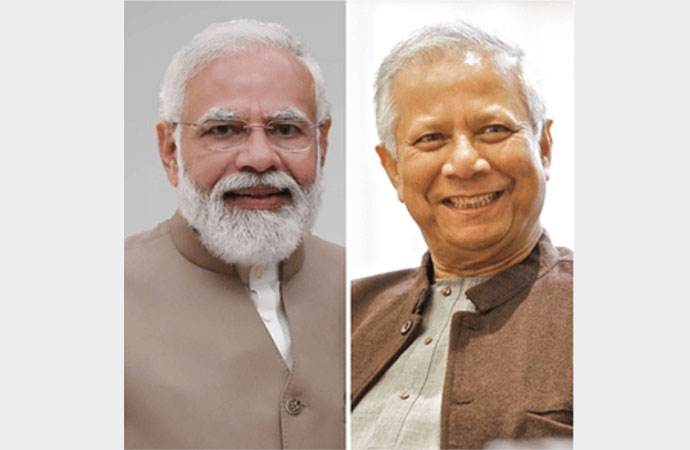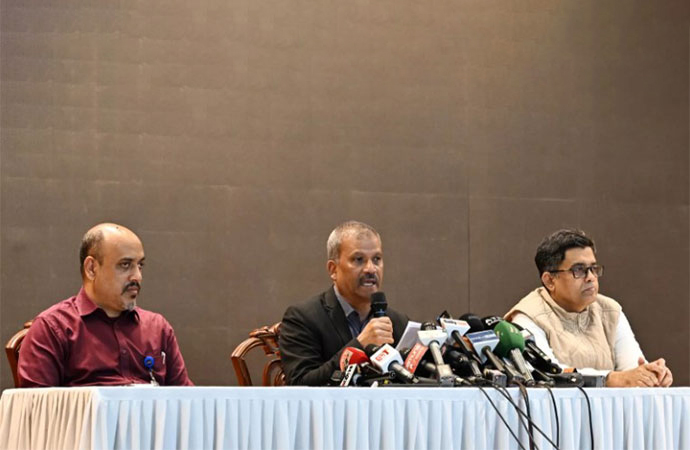Essays

Children with Disabilities, Published by UNICEF, Pages: 164, ISBN: 978-92-806-4656-6
"My disability has not prevented me from achieving any of the important things. I am a qualified social worker, passed my driving test when I was 16, left home when I was 19 and have lived and worked in Asia and Africa. In the future I hope to be an advocate for children with disabilities on an international level, as I passionately believe in the inalienable human rights and untapped potential of these children." (Nancy Maguire, a disability activist from the United Kingdom)
Like other children, those with disabilities have dreams and hopes. Given opportunities to flourish, children with disabilities have the potential to lead fulfilling lives and to contribute to the social, cultural and economic vitality of their communities. Yet, around the world too many children with disabilities continue to face barriers to their participation in the civic, social and cultural affairs of their communities. The UNICEF publication 'Children with Disabilities' examines the challenges involved in ensuring that children with disabilities have the fair access to services that is their right. It also explores initiatives that show promises in such areas as health, nutrition, education and emergency programming - and in the data collection and analysis needed to improve policies and operations in all these fields.
This report consists of seven chapters. The first chapter states that children with disabilities are often regarded as inferior, and this exposes them to increased vulnerability. Discrimination based on disability has manifested itself in marginalization from resources and decision-making. Many countries have no reliable information on how many of their citizens are children with disabilities, what disabilities they have or how these disabilities affect their lives. In some countries, families raising children with disabilities face ostracism. Childhood deprivations can have lasting effects - by limiting access to gainful employment or participation in civic affairs later in life, for example.
Chapter 2 discusses exclusion and the factors that propagate it, along with some philosophical and practical fundamentals of inclusion. Underestimation of the abilities of children with disabilities is a major obstacle to their inclusion. It exists not only in society at large but also in the minds of parents, professionals, politicians and other decision-makers. Negative social perceptions may result in children with disabilities having fewer friends and being isolated or bullied, their families experiencing additional stress, and their communities treating them as outsiders. So, adopting an approach grounded in respect for the rights, aspirations and potential of all children can reduce the vulnerability of children with disabilities to discrimination, exclusion and abuse.
The third chapter examines the health, nutritional and educational services that can provide a strong foundation on which children with disabilities can build full and fulfilling lives. Under the Convention on the Rights of the Child and the Convention on the Rights of Persons with Disabilities, all children have the right to the highest attainable standard of health. It follows that children with disabilities are equally entitled to the full spectrum of care - from immunization in infancy to proper nutrition and treatment for the ailments and injuries of childhood, to confidential sexual and reproductive health information and services during adolescence and into early adulthood. Education is the gateway to full participation in society. As long as children with disabilities are denied equal access to their local schools, governments cannot reach the Millennium Development Goal of achieving universal primary education.
Chapter 4 explores the opportunities and challenges of ensuring legal recognition and protection against exploitation or abuse. Obtaining protection can be a particular challenge for the children with disabilities. In societies where they are stigmatized and their families are exposed to social or economic exclusion, many children with disabilities are not even able to obtain an identity document. This is a flagrant violation of these children's human rights and a fundamental barrier to their participation in society. A State's responsibility to protect the rights of all children under its jurisdiction extends equally to children with disabilities who are in contact with the law - whether as victims, witnesses, suspects or convicts. Systematic and continuous training of all professionals involved in the administration of justice for children is vital, as is the establishment of regulations and protocols that enhance equal treatment of children with disabilities.
The fifth chapter discusses inclusion in the context of humanitarian crises. Humanitarian crises, such as those stemming from warfare or natural disasters, pose particular risks for children with disabilities. They face particular challenges in emergencies. An inclusive approach that recognizes that children with disabilities, in addition to their disability-specific needs, have the same needs as other children, must be ensured. Such an inclusive approach also addresses the social, attitudinal, informational and physical barriers that impede participation and decision-making by children with disabilities in regular programs. This includes making the physical environment, all facilities, health centers, shelters and schools, and other services, including communication and information systems, accessible for children with disabilities.
Many of the deprivations endured by children with disabilities stem from and are perpetuated by their invisibility. Research on child disability is woefully inadequate, especially in low- and middle-income countries. Therefore, the next chapter of this report examines the challenges and opportunities confronting researchers - and ways in which children with disabilities can be rendered visible through sound data collection and analysis. The concluding chapter of this well-documented report outlines necessary and feasible actions that will enable governments, their international partners, civil society and the private sector to advance equity through the inclusion of children with disabilities. The Convention on the Rights of the Child and the Convention on the Rights of Persons with Disabilities provide detailed guidance for the development of inclusive societies that require effort on the part of national governments, local authorities, employers, disabled people's organizations and parents' associations. Making good on the promises of the Conventions will require not only diligent enforcement but also rigorous monitoring and an unflagging commitment by all to accountability and adaptation.
It is high time we acknowledged that no child should be defined by a disability as it is really a part of human diversity. Each child is unique and deserves a fair chance to make his/her dreams real. It is often said that when you change, the world changes. Little will change in the lives of children with disabilities until attitudes among us - individuals, communities, professionals, media and governments - begin to change.
The writer is an independent researcher. E-mail: smrayhanulislam@hotmail.com

























Leave a Comment
Recent Posts
Boga Mia: A Guiding Light for ...
Abdur Rob alias Boga Mia was a Freedom Fighter, Liberation War organis ...
Dhaka seeks global pressure on ...
Foreign Affairs Adviser Md Touhid Hossain on Sunday urged the internat ...
SAFF women's champions flying to UAE for two Interna ..
Reflections on Press Freedom
Rejuvenating EU ties in an era of strategic re-align ..
In a sign of economic robustness, imports of daily e ..